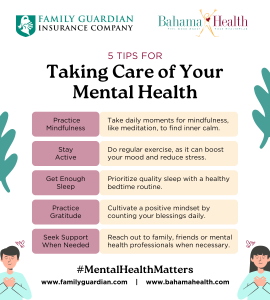In today’s economy, operating a small business on a day-to-day basis — even without having to sift through the vast number of health care options for your employees — is more than just a full-time job. Common misconceptions and a lack of understanding about specific aspects of health care benefits can cause headaches for even the savviest business owner. The good news is that resources, such as brokers and employee benefits advisers, can help chart a clear path through the health care insurance marketplace.
Access to health care is one of the highest valued benefits that Los Angeles business owners can offer workers. Health insurance is consistently a top consideration (paywall) for workers when contemplating a job offer — and a way for employers to attract and retain employees in an increasingly competitive talent marketplace. According to a studyby the Society for Human Resource Management, 73% of HR professionals shared that health care benefits at their organization will increase over the coming years to recruit employees.
Navigating workplace benefits, however, can still be intimidating. Complicated details ranging from cost to following all of the health insurance guidelines can seem impossible to overcome. I have found preconceived notions related to employee health insurance are based on a lack of clarity as opposed to real facts.
Below are three of the top small business health insurance benefits misperceptions that I have seen:
1. Offering benefits doesn’t make financial sense.
There is a common perception that health insurance is too expensive for an employer to offer it to each and every employee. However, providing health care coverage options does not have to cost an arm and a leg.
First, put together a budget that clearly identifies the maximum monthly or annual cost you can allocate for employee health insurance. That way, you’ll have a better understanding of how to best meet the health and financial needs of your employees and, ultimately, your business.
There are many tools that can also help. For example, you can offer your employees access to a defined contribution health plan, where each team member is a provided a specific monthly dollar amount to spend on health benefits. They typically have several options to choose from, and if the plan they like best costs more than your contribution, they simply pay the difference. So, if an employee wants to spend additional funds for a health plan with more benefits, they can.
Additionally, using defined contribution, you have the ability to set employee benefits costs, allowing you to better plan and manage your business’s health insurance investment on a monthly and annual basis.
2. My team members have too many different health care needs.
The good news is you can uncover health solutions to meet a large variety of requirements.
You might have heard about health insurance exchanges, where small businesses can log into an online marketplace and choose from multiple health insurance plans. These platforms offer personalized employee choice and access to care based on individual or family health care needs. For example, one of my 33-year-old employees planning to expand her family within the next year will have a different set of benefits requirements than a 60-year-old manager with a spouse plus two college-aged children.
I’ve found one of the main benefits of purchasing health insurance through a health insurance exchange is your business will receive one monthly, itemized bill that breaks down each employee’s coverage, their monthly contribution and your business’s cost. Plus, you can often adjust a team member’s benefits at any time through a single website or online portal.
3. Employee benefits are too complicated.
The options might be confusing and even mystifying, but offering benefits does not have to be overly difficult.
There are easy-to-use solutions designed to simplify benefits administration. For instance, many health insurance companies have turned to automation to streamline information and processes. The feature you might be most familiar with is online enrollment, where plan selection and annual sign-ups are simple for employers and employees.
There are also experts available to help. A broker or employee benefits advisor can research available HMO, preferred provider organization, exclusive provider organization and health savings account-qualified plan options to ensure they include your preferred hospitals and doctors. They can also help throughout the year whenever you want to make a change — like adding a new employee or, if you need assistance with a claim, enrolling in new coverage options for employees and more.
While health insurance and health care can be confusing to say the least, putting together benefits for employees is not as tricky as it seems. There are good, affordable options that can offer your team a variety of choices. Managing health insurance for your employees doesn’t have to be complicated.
Source: Forbes.com







